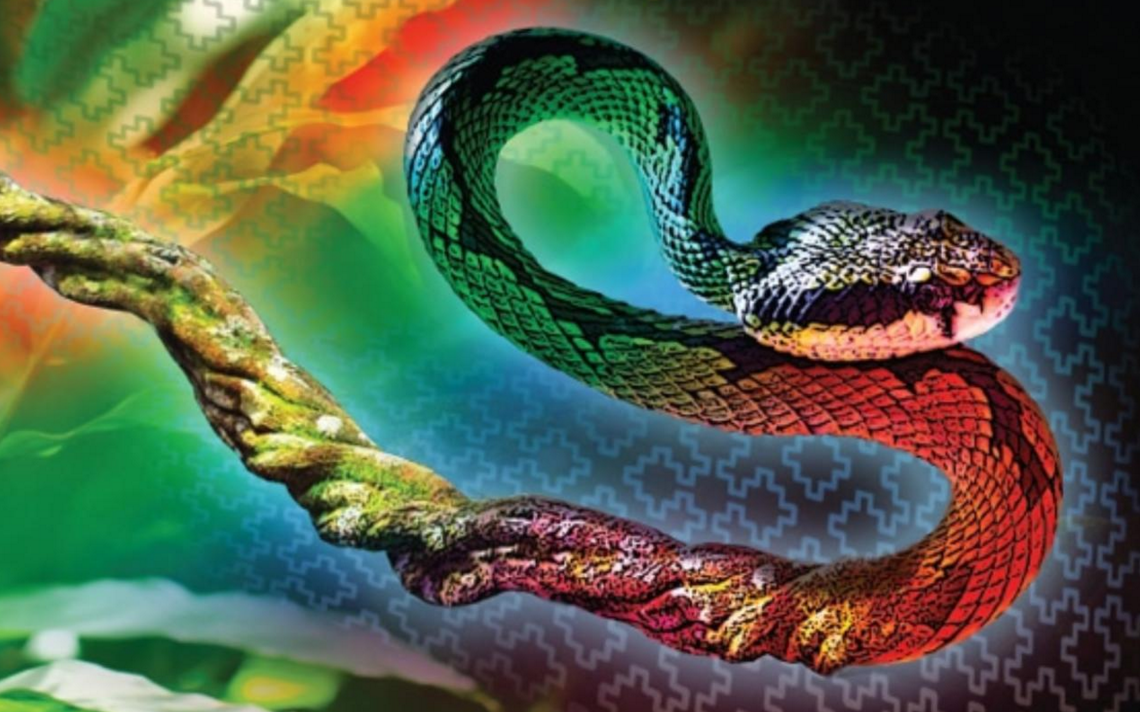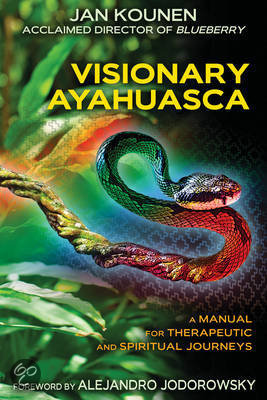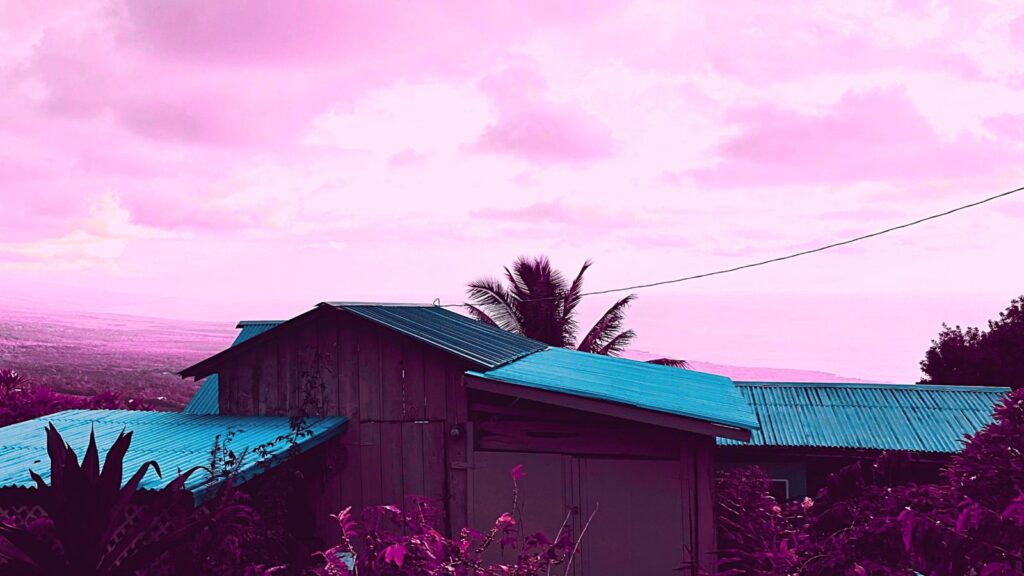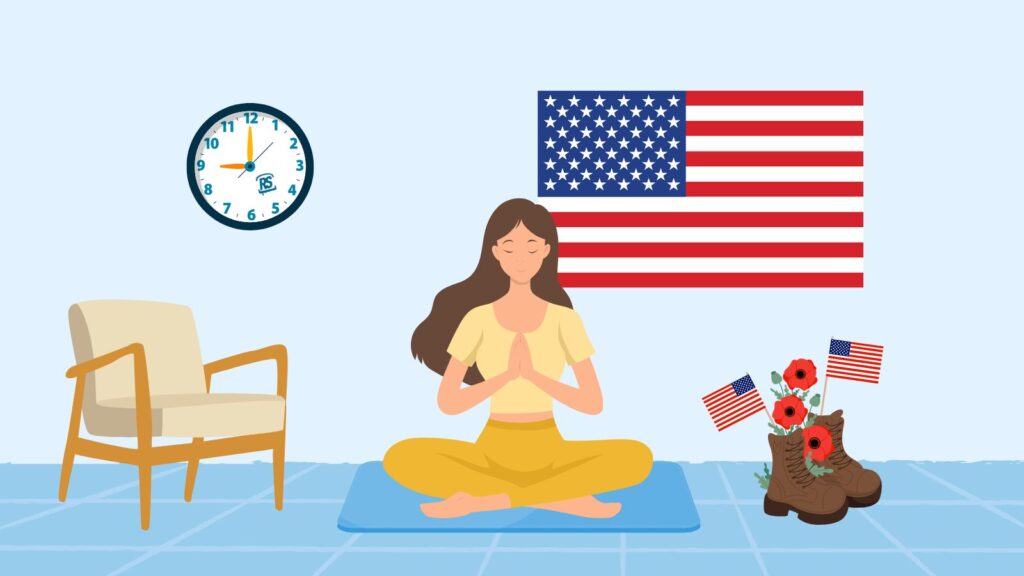I spoke to acclaimed filmmaker Jan Kounen (Blueberry, 2004) recently on art, consciousness, and his most recent book on ayahuasca. Like many other RS readers I am a huge fan, so it was a pleasure to speak to him.
Visionary Ayahuasca is a really refreshing book on the subject because it comes from someone who has engaged in over 400 ceremonies with the sacred medicine over many years. The wisdom shines through from that experience level and permeates the text.
Why did you decide to structure Visionary in a non-linear format? I think it works really well because the reader can see the true juxtaposition from your earlier pre-aya self. Is it because you feel the experience of aya is experienced in non-linear terms?
I think that ayahuasca—both the teaching and journey—are fractals, a kaleidoscopic unfolding narrative.
Sometimes you have 15 ceremonies in a row and you only get what was the purpose at the last one. For me it’s a bit like a puzzle because sometimes you only discover the picture you are making when you put in the last piece.
I’m a filmmaker, so I created non-linear structures in films. This just allows me to tell a story slightly differently, so I’m used to learning in this way.
Do you think that darker experiences with ayahuasca test the strength of the psyche so that the soul can know the healing power of the plant? Is the infamous purge always necessary or something that goes away in time or after more practice?
I don’t think that there is any specific role of ayahuasca’s dark side necessarily, there is just the role of the medicine to put you in a better balance with yourself and the world.
So the dark side we are facing through ayahuasca, which acts as a mirror, can be coming from many directions simultaneously; bad food, physical illness, fears and trauma, self esteem issues, inflated ego, cultural implants, etc.
If you look at ayahuasca as an energetic medicine, all dark experience are really cleaning operations, re-establishing into the being a good balance (physical, spiritual, emotional, mental).
In other words, you don’t see in the normal state of consciousness how much of you inside is a mess (at least mine is), but you basically have the best possible healer with you, so you kind of purge through these dark visions.
So when you have the dark visions you ask the medicine to evacuate it, to vibrationally cleanse it in order to help you be rid of it. You might purge, you might not—especially in later journeys—but when the visions are gone then the next day you will feel like a new born.
Can you explain how working with these kinds of plant medicines have caused you to view your role as a filmmaker differently, or how it has effected your overall view of art and inspiration?
For me as a filmmaker, you’re projecting through a film, ideas, topics, concepts, emotions, rhythms, cognitive information.
Ayahuasca over a long period of use changes you holistically as a human being, so naturally it changes your relations to all of those realms at once. So it changed my approach to cinema, too.
You have to watch my pre-ayahuasca films, and my post ayahuasca films in order to see the changes I guess, but I look at my work differently now, more energetically.
A film, a painting, a piece of music, words, contain energy. So the question becomes; what energy do you want to propel into society?
In Visionary Ayahuasca there’s an amusing anecdote concerning peyote.
What do you see being the central qualitative differences between aya and other plant medicines?
Peyote is a different experience, more sensitive and bodily than visionary. I had an incredible moment with peyote that I describe in my book.
I have dieted on many varieties of Amazonian plants through the Shipibo way, it’s complementary to Ayahuasca.
Most Amazonian plant medicines function in healing. Some of them you have to be very cautious with because they are dangerous, Toé (Datura) for example, and they all work differently. For example some, like pignon blanco, are not inherently psychoactive, but will instead work to magnify the visual component of your dreams.
The quest in this case may be about finding the plant that you can have a good relation with, then a respected relation with love and caution can develop.
It’s a love story, and like anything you can have ecstatic love and drama sometimes equally.
The role of the healer is to aid in these encounters, to help you find the right plants that are willing be your ally.
What are your thoughts on neotribalism or neopaganism and the aspects of Western hegemony in re-appropriation of South American or shamanic practices in general?
Even though there is sincere and legitimate healing happening, there seem to be stereotypes of naive tourists who do want more of an ayahuasca vacation quick fix, and this image has also been magnified by mainstream media.
I suppose it’s the natural movement of the world, the crossover and dispersion of all things in global culture. In a way it’s probably logical to get to that stage in our culture.
But I did my films and books basically for 2 reasons:
The first is that I recognized the knowledge of indigenous cultures is way ahead of the West currently in the exploration of the inner world, the invisible world, and the nature of consciousness.
The second is simply to give some information to my fellow compatriots in the West about these experiences.
We are all still like children in these realms, but the wisdom and mystery of the teachers is there, too.
Concerning Westerner’s beliefs; I do not know of them. Life is short and I decided to concentrate on exploring those realities with the Shipibo, through their science and medicine. A life time of drinking ayahuasca may not be enough learning anyway!
This is a speculative question but, do you think that ayahuasca as we know it today was ever used by the past by any cultures outside of South America, or by those with European ancestry?
I’m thinking particularly of European witchcraft lineages which tended to have an extensive knowledge of visionary plants. Usually these were taken specifically to cure illness or in general to heal the mind. Scholars like Claudia Müller-Ebeling and Christian Ratsch have also speculated about this.
Of course. It’s evident for me.
We’ve had the knowledge of the plant world maybe more directly in the past, and we do still have many master plants in Europe.
A lot of this has been destroyed by religious cults under the notion of “progress”, but the scientific evidence for healing properties of plants is all over the globe and is still preserved in books as you say.
Visionary plants do seem to be encoded at the foundation of all religions, that’s the paradox; the plants still exist, but the knowledge about all all of the more rare plants might still be in danger of disappearing.
What would you say to those that think ayahuasca visions are hallucinations or mere tricks of the mind?
For instance, do you believe in astral projection, remote viewing, divination and other aspects of trans-subjective mass visions such as two or more people experiencing the exact same visions of spirits? There have been reports of said spirits being also verified by those that did not drink in ceremony.
Marlene Dobkin De Rios, John Perkins, and other scholars have documented all of this phenomena as being possible amongst the indigenous, too.
Ayahuasca visions are called tricks of the mind?
I don’t want to sound rude, but these sorts of thoughts usually do come from Westerners—the so-called non believers from the indigenous point of view—who have not yet taken this medicine.
If a person has taken a good dose of ayahuasca, if your mind and body are ready and prepared, and if you have the visions, the question of that same person may become the next morning; Ayahuasca visions, are they tricks or messages from God?
When I started writing the book I was over 100 ceremonies, I’m now over 400. In 16 years there is still one thing relevant for me:
You witness a lot of crazy stuff in ayahuasca ceremonies!
I’ve had sessions where life becomes magic and timelines explode, so in this sense it feels like anything is possible for me.
Nature is said to be an integrated communication system between species, and in that way it allows for access to non visible reality. The indigenous have the key, so we are lucky that some are STILL willing to share that wisdom with us.
As Arthur C Clarke has said “Any sufficiently advanced technology is indistinguishable from magic.”
—————
Huge thank you to Jan and all of those at Inner Traditions for facilitating this.















